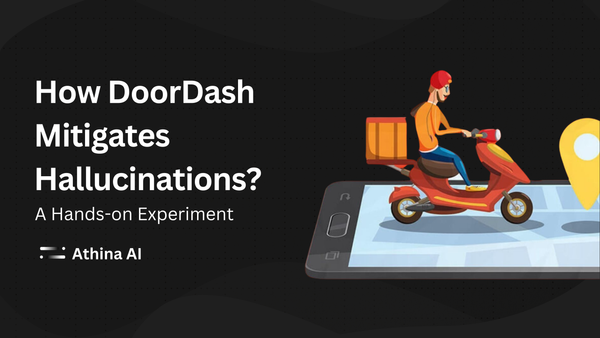The Rise of RLHF: Bridging the Gap Between AI and Human Intelligence

Introduction
In the ever-changing field of artificial intelligence, a revolutionary concept has developed that promises to transform how we interact with AI systems.
Reinforcement Learning with Human Feedback (RLHF) is paving the way for more intuitive, human-like AI interactions.
This innovative technique is not just transforming the capabilities of language models but also reshaping our understanding of machine learning as a whole.
What is RLHF?
Reinforcement Learning with Human Feedback is a sophisticated method that integrates human insights directly into the AI learning process.
Unlike traditional machine learning approaches, RLHF doesn't rely solely on pre-existing data. Instead, it actively incorporates human preferences and judgments to refine AI outputs.
"RLHF aims to make interactions with AI as natural and intuitive as talking to another person."
This approach is particularly valuable in natural language processing tasks where human nuance and context are crucial.
By leveraging human feedback, language models become more adept at producing results that genuinely resonate with users.
The RLHF Process: A Three-Stage Journey
Stage 1: Creating the Preference Dataset
The journey begins with the selection of a pre-trained large language model (LLM). This model is then presented with various prompts, generating responses that human labelers evaluate.
By comparing pairs of responses, labelers help build a dataset that captures human preferences.
Stage 2: Training the Reward Model
Using the preference dataset, a reward model is trained to act as a judge during the AI's learning process.
This model assigns scores to the LLM's responses based on how well they align with human preferences.
Stage 3: Fine-tuning the Language Model
The final stage involves fine-tuning the base language model using insights from the reward model.
Through reinforcement learning, the LLM is guided towards generating responses that humans favor.
Why RLHF Matters
RLHF is gaining traction in AI development for several compelling reasons:
- Enhanced Human-AI Interaction: By aligning AI responses with human expectations, RLHF creates more natural and intuitive interactions.
- Improved Safety and Ethics: Human feedback helps steer AI away from biased or harmful actions, ensuring more ethical behavior.
- Scalability: RLHF provides a practical way to improve AI capabilities without starting from scratch, making it invaluable for complex systems.
Real-World Applications
The impact of RLHF is already visible across various industries:
- Conversational AI: Chatbots and virtual assistants are interacting in increasingly human-like ways.
- Robotics: Robots are learning to perform complex tasks while adhering to human preferences and safety constraints.
- Gaming: Non-player characters (NPCs) are exhibiting more realistic behaviors, enhancing player experiences.
- Healthcare: AI systems are providing more personalized treatment recommendations based on medical professional feedback.
Challenges and Future Directions
While RLHF offers immense potential, it's not without challenges. Scalability, consistency in human feedback, and privacy concerns are some of the hurdles researchers are actively addressing.
Looking ahead, the future of RLHF is bright. We can expect to see:
- More efficient feedback collection methods
- Integration of multimodal feedback (text, images, audio)
- Continuous learning and adaptation to evolving human preferences
- Enhanced collaboration between humans and AI systems
Conclusion
Ultimately, Reinforcement Learning with Human Feedback is a huge step forward in our efforts to develop AI systems that fully understand and align with human values.
As this discipline advances, it promises to bridge the gap between artificial and human intelligence, creating exciting opportunities for the future of AI applications in all sectors of society.



